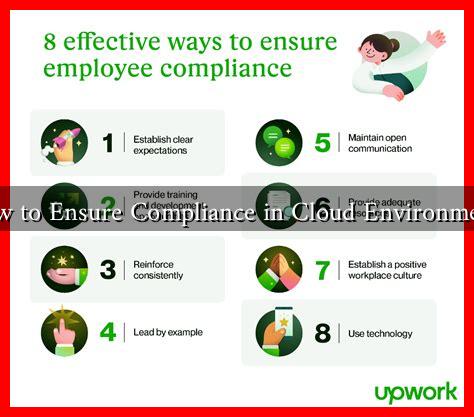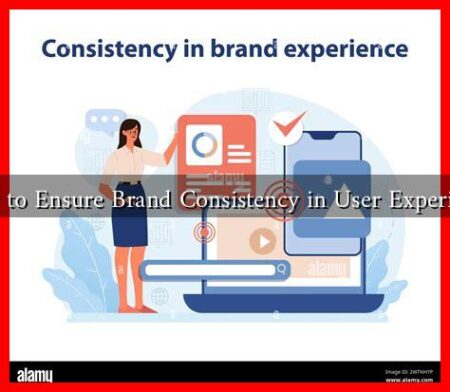-
Table of Contents
- How to Ensure Compliance in Cloud Environments
- Understanding Compliance in the Cloud
- Key Strategies for Ensuring Compliance
- 1. Conduct a Comprehensive Risk Assessment
- 2. Choose the Right Cloud Service Provider (CSP)
- 3. Implement Strong Data Governance Policies
- 4. Utilize Compliance Automation Tools
- Challenges in Cloud Compliance
- Conclusion
How to Ensure Compliance in Cloud Environments
As organizations increasingly migrate to cloud environments, ensuring compliance with regulatory standards and internal policies has become a critical concern.
. The cloud offers numerous benefits, including scalability, flexibility, and cost-effectiveness, but it also introduces complexities in governance and compliance. This article explores effective strategies for ensuring compliance in cloud environments, highlighting best practices, challenges, and real-world examples.
Understanding Compliance in the Cloud
Compliance in cloud environments refers to adhering to laws, regulations, and standards that govern data protection, privacy, and security. Organizations must navigate various compliance frameworks, such as:
- General Data Protection Regulation (GDPR)
- Health Insurance Portability and Accountability Act (HIPAA)
- Payment Card Industry Data Security Standard (PCI DSS)
- Federal Risk and Authorization Management Program (FedRAMP)
Each framework has specific requirements that organizations must meet to avoid legal penalties and reputational damage. Understanding these regulations is the first step toward compliance.
Key Strategies for Ensuring Compliance
To effectively manage compliance in cloud environments, organizations can adopt several key strategies:
1. Conduct a Comprehensive Risk Assessment
Before migrating to the cloud, organizations should conduct a thorough risk assessment to identify potential compliance gaps. This assessment should include:
- Evaluating existing data protection measures
- Identifying sensitive data and its location
- Assessing third-party vendor risks
For example, a financial institution may discover that customer data stored in the cloud is not adequately encrypted, prompting immediate action to enhance security measures.
2. Choose the Right Cloud Service Provider (CSP)
Selecting a compliant cloud service provider is crucial. Organizations should evaluate CSPs based on:
- Compliance certifications (e.g., ISO 27001, SOC 2)
- Data residency and sovereignty policies
- Security features and incident response capabilities
For instance, a healthcare organization might choose a CSP that is HIPAA-compliant to ensure that patient data is handled according to regulatory standards.
3. Implement Strong Data Governance Policies
Establishing robust data governance policies is essential for maintaining compliance. This includes:
- Defining data ownership and access controls
- Regularly reviewing and updating data handling procedures
- Training employees on compliance requirements
Case studies show that organizations with strong data governance frameworks are better equipped to respond to compliance audits and data breaches.
4. Utilize Compliance Automation Tools
Automation tools can streamline compliance processes and reduce human error. These tools can help with:
- Monitoring compliance status in real-time
- Generating compliance reports
- Automating data classification and encryption
According to a report by Gartner, organizations that implement compliance automation can reduce compliance costs by up to 30%.
Challenges in Cloud Compliance
Despite the best efforts, organizations may face several challenges in ensuring compliance in cloud environments:
- Complexity of multi-cloud environments
- Rapidly changing regulations
- Insufficient visibility into cloud data
Addressing these challenges requires ongoing vigilance and adaptability in compliance strategies.
Conclusion
Ensuring compliance in cloud environments is a multifaceted challenge that requires a proactive approach. By conducting comprehensive risk assessments, selecting the right cloud service providers, implementing strong data governance policies, and utilizing automation tools, organizations can effectively navigate the complexities of cloud compliance. As regulations continue to evolve, staying informed and adaptable will be key to maintaining compliance and protecting sensitive data.
For further reading on cloud compliance, consider visiting NIST Cybersecurity Framework for guidelines and best practices.





